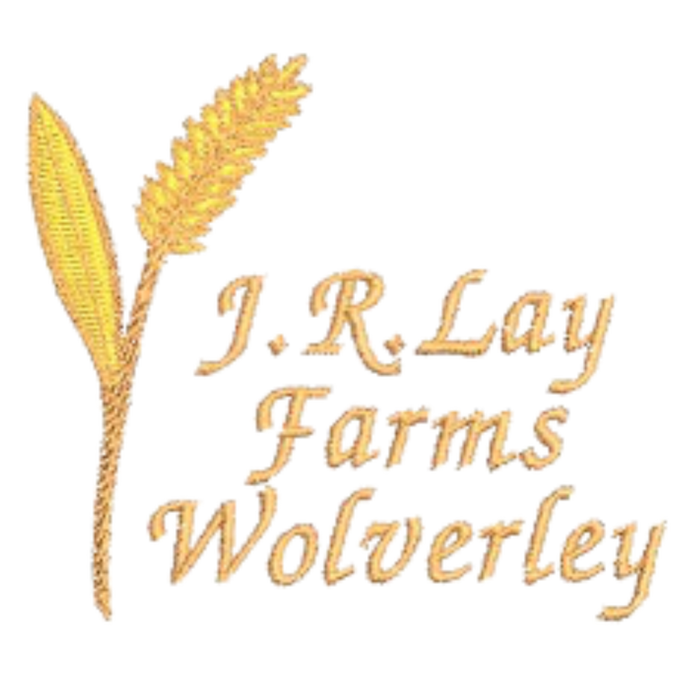
J.R Lay Farms is a 440 hectare family-run mixed farm based in North Shropshire.
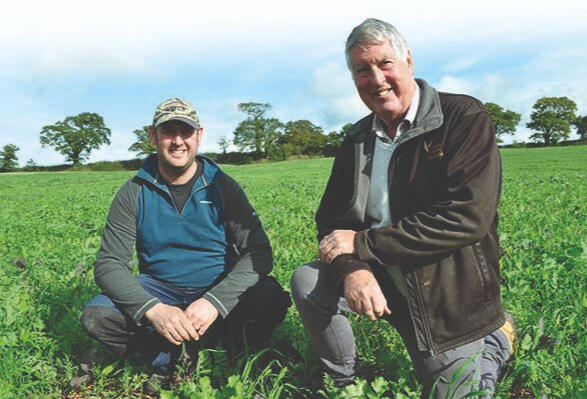
Who We Are
Our farm is located in the stunning North Shropshire Countryside, to the north of Wem. The farm is mixed, with both livestock and arable land extending to around 440 hectares.John Lay started farming in 1976, with the farmed area growing in size to what we farm now.Rory studied a degree in Agriculture at Seale Hayne University, working in Cambridge and New Zealand as part of work placements. After graduating Rory worked on the home farm during the summer and spent the winters travelling and working throughout Australia and New Zealand before returning to the farm full time in 2003.
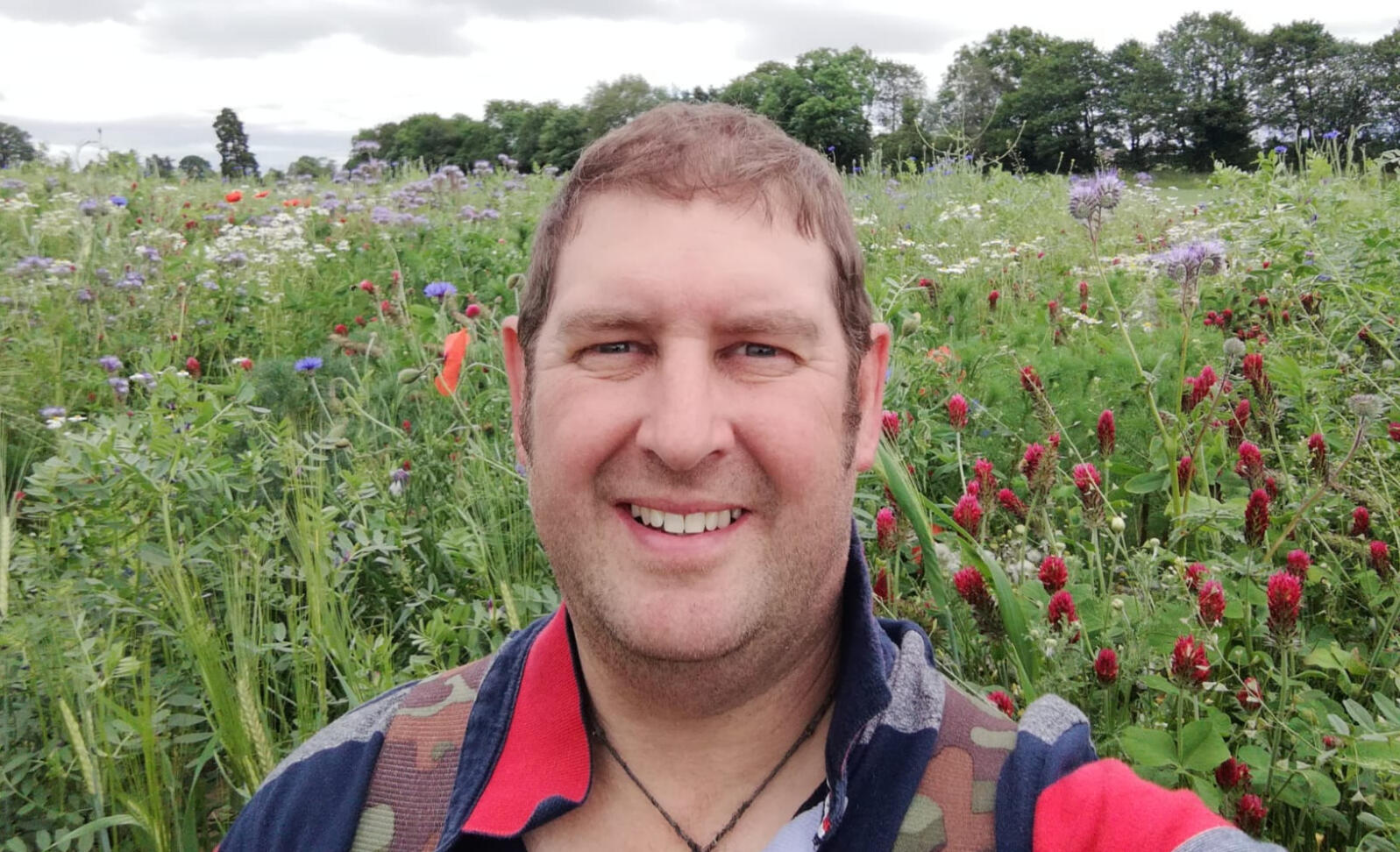
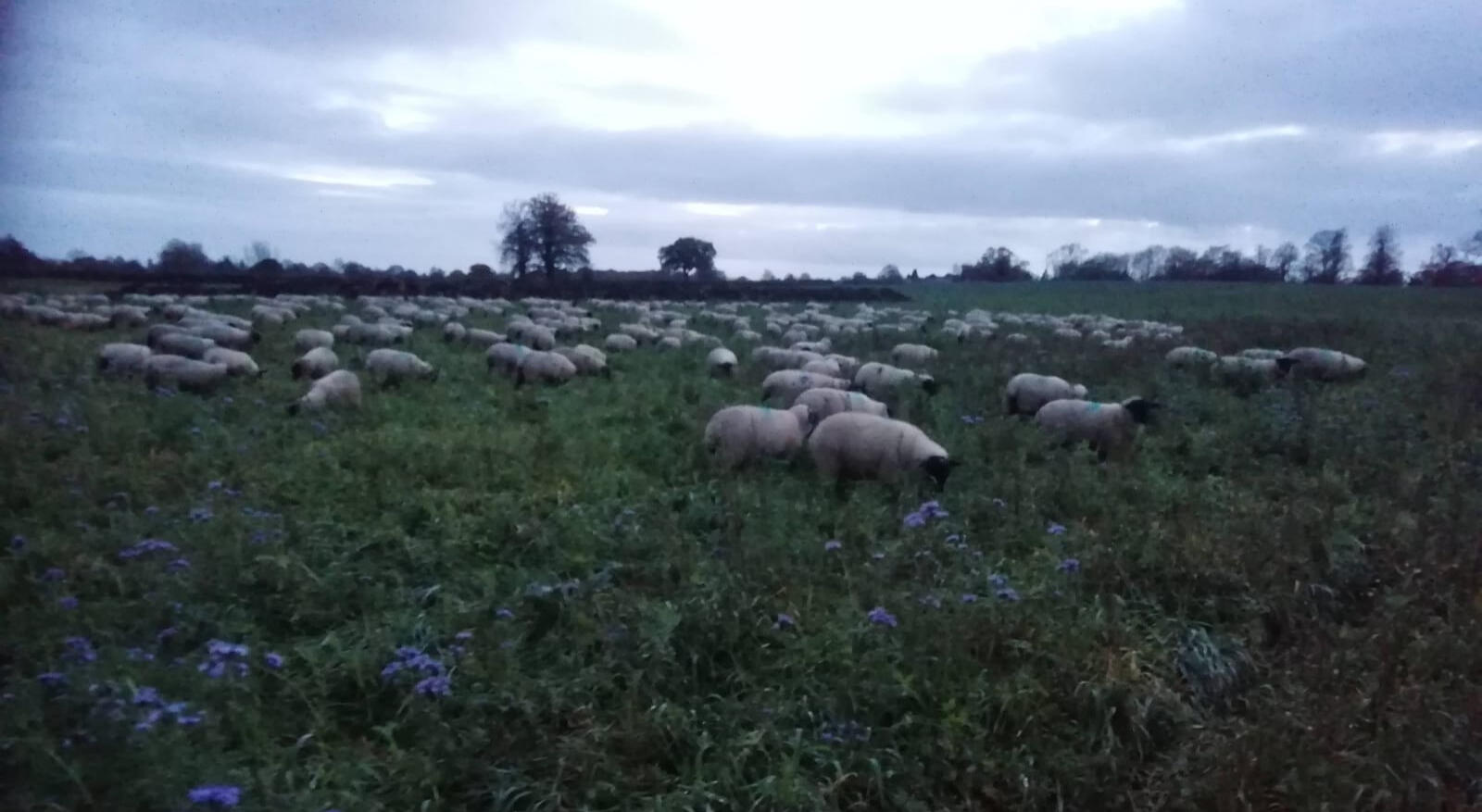
What We Do
We are a modern and forward-thinking business - this is demonstrated by our approach to helping the environment and improving the soil quality on the farm.Soil Health
For many years, as was commonplace in farming we used a large cultivator, followed by a drill to establish our crops.In 2016 we changed to a strip-till drill which is now used to establish most crops. There have been many environmental benefits to this, not least we were able to sell a big tractor and reduce the hours and amount of fuel it used!Using the strip-till drill has resulted in about 60% of the soil being undisturbed, and has also meant we can reduce the amount of chemicals we use. In the last 5 years, we have only used a low level of insecticides and in the last 2 years we haven’t used any!Livestock
We care for 200 Aberdeen Angus cattle, using a modern handling system which benefits the cattle's welfare and those handling them, keeping everyone calm.The cattle are fed a diet of predominately home grown feeds, including beans, barley, grass silage and fodder beet.Our Aberdeen Angus are sold as a premium product with high welfare and full traceability.The sheep flock, of 850 yearling ewe lambs are purchased in late summer from well regarded breeders near the Scottish Borders. We run a mixture of Suffolk X, Texel X and Beltex X sheep, which are sold as prime breeding ewes the following summer, making way for the next batch.Stewardship
We utilise lots of different stewardship options such as:
Low and nil input grassland.
Wild bird seed covers.
Low input sp barley, this creates an open crop with a variety of ‘weeds’
14Ha of arable reversion on peat is now managed for overwintering and ground-nesting birds with low stocking rates. Snipe love it.
Most of our water courses have a 6 metre grass buffer strip to prevent erosion and run-off
We have undisturbed field corners, which provide a variety of habitats for birds
Our hedges are cut in rotation every 2nd year and provide nesting habitat for a variety of bird species.
Over the years we have planted miles of new hedges and plant new trees yearly.
Organic Manure
We have just over 1000tonnes of farmyard manure from our own cattle which is supplemented by a few hundred tons from local farms.We also receive approximately 900t broiler litter from a small local broiler unit. The organic manure and broiler litter reduce the need for artificial input and improve soil health and feed worms.
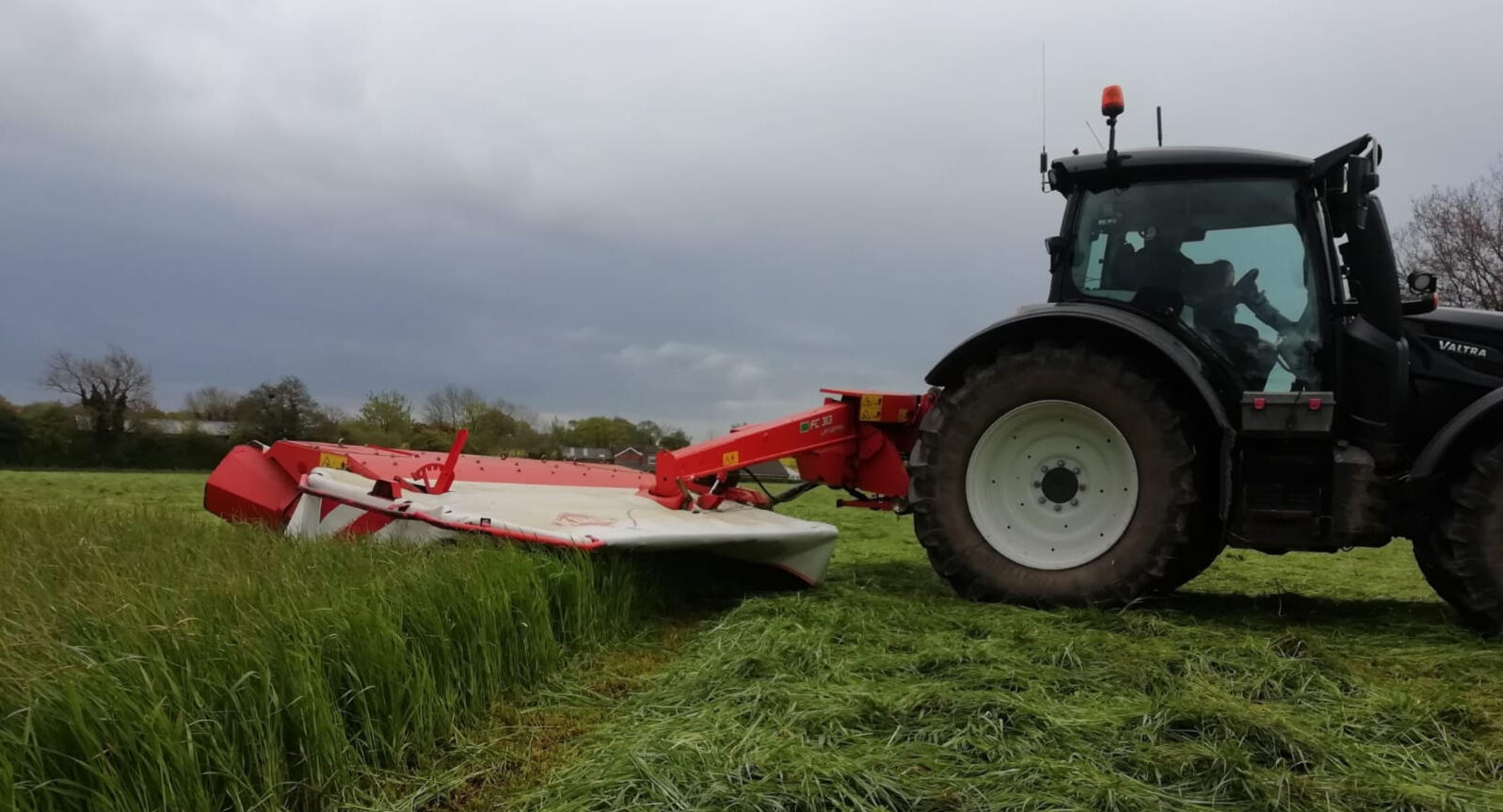
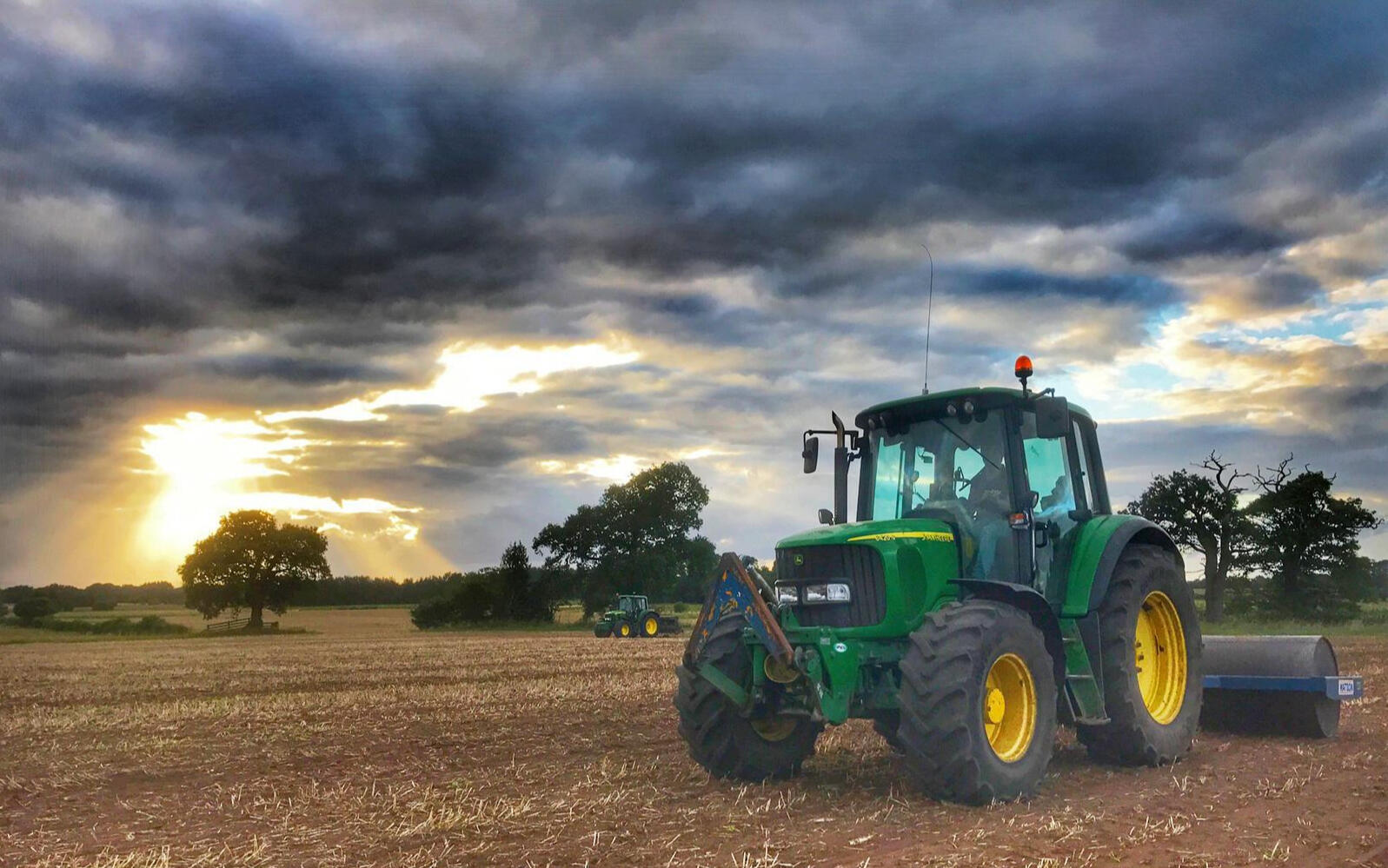
How to get involved
We are keen to record the vast amount of flora and fauna around the farm.If you are able to offer your services to help us with:
Bird Surveys
Invertebrate Surveys
Bee, Wasp and Butterfly Surveys
Plant Surveys
Contact Us
Get in touch with us using the phone number or email address below, or fill out the contact us form at the bottom of the page.
📞 01939 233 246
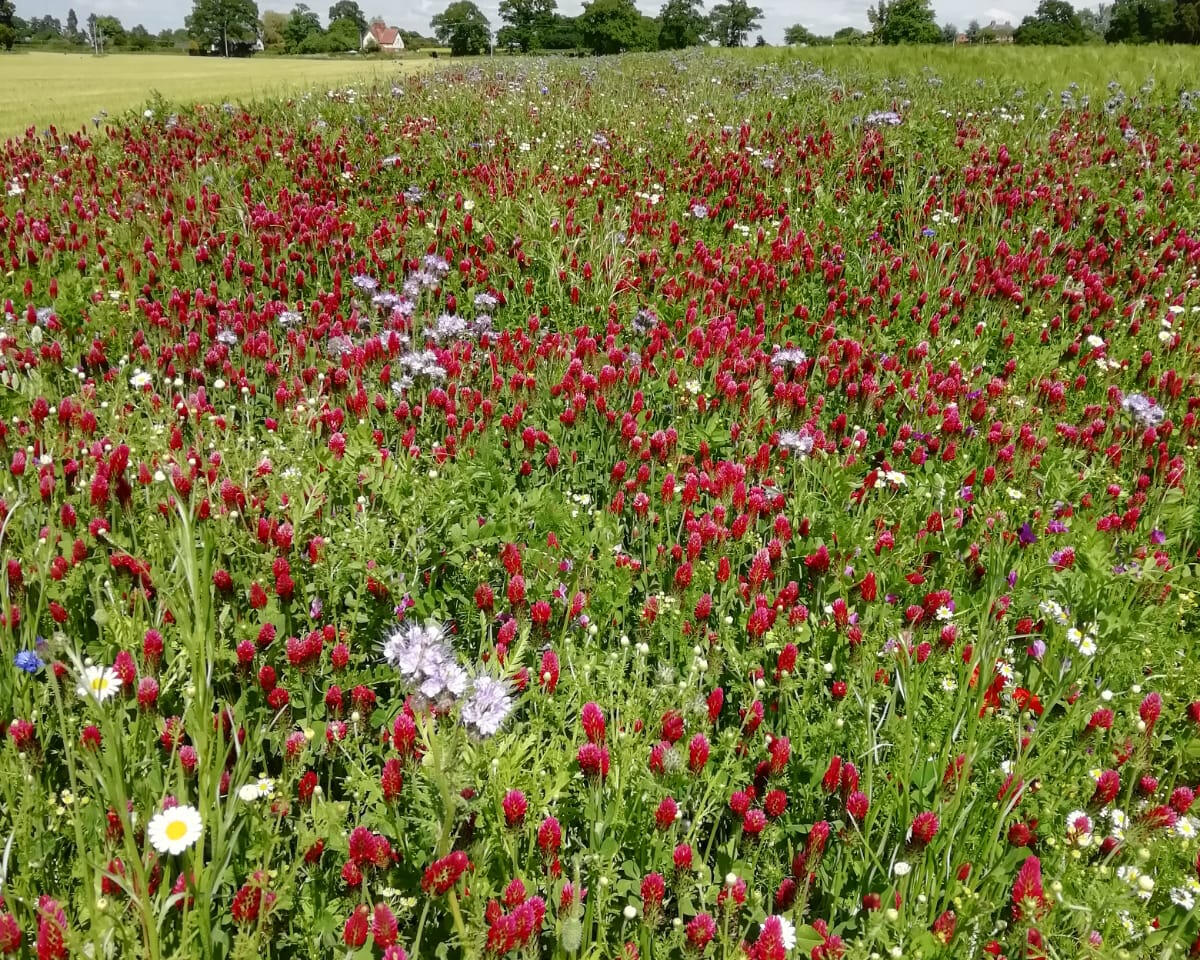
Thank You
Thanks for getting in touch! We will get back to you shortly.